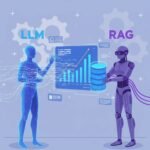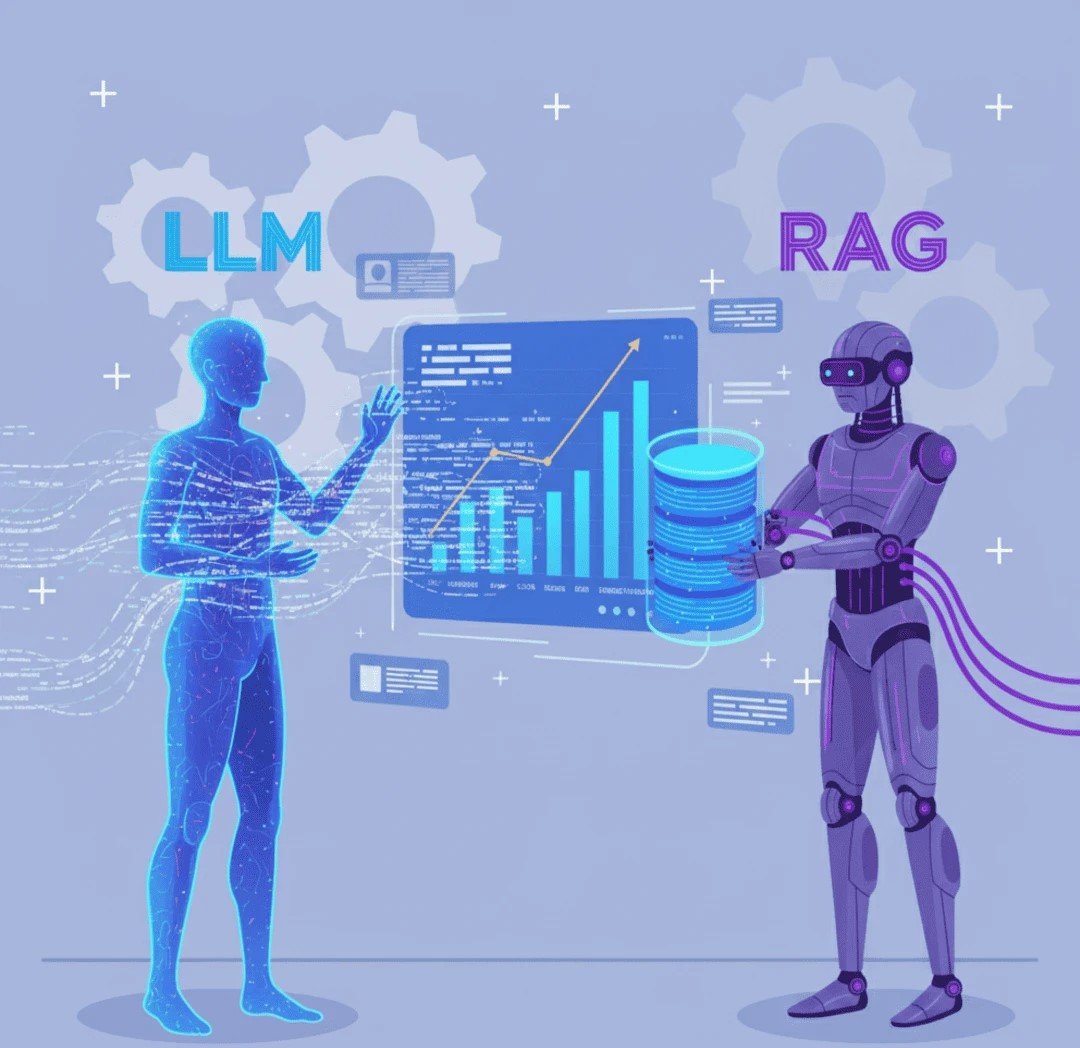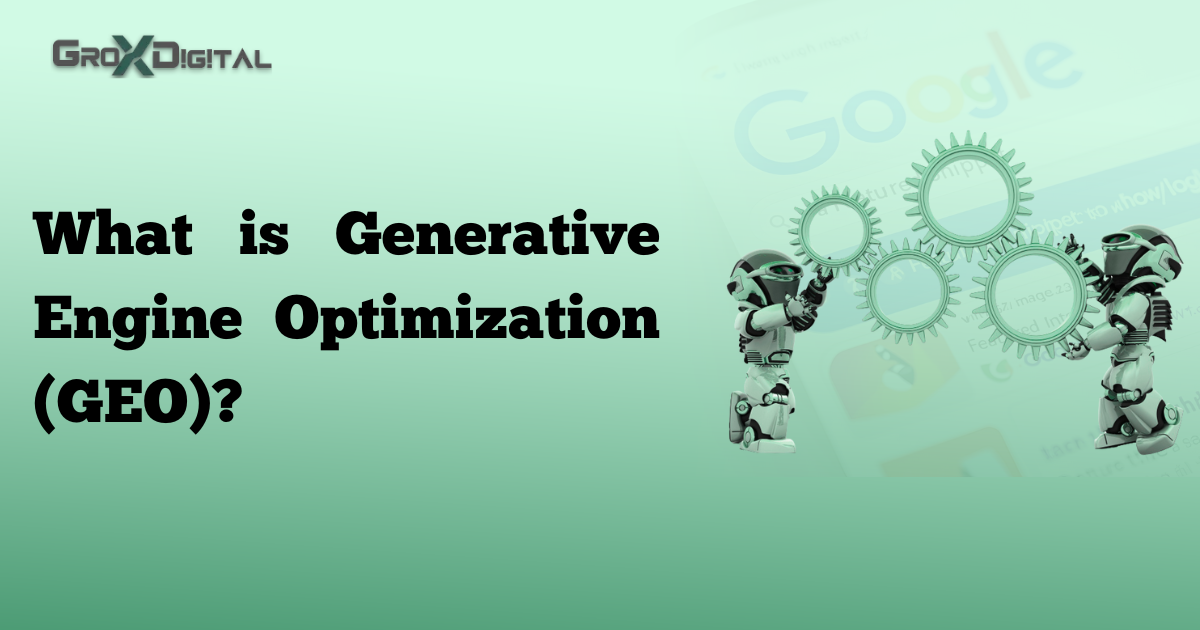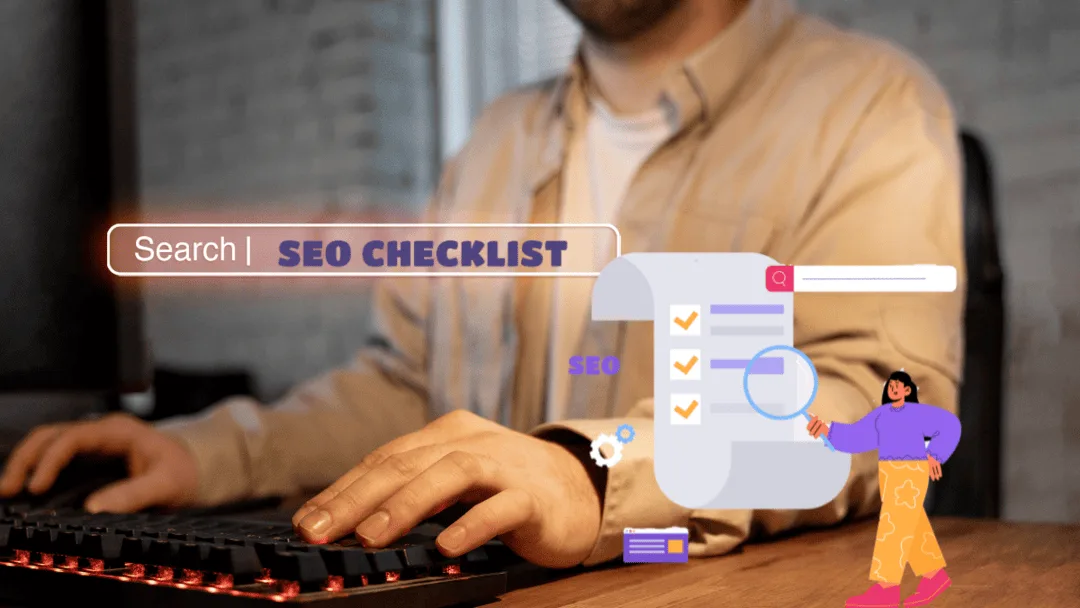SEO is always changing, and keeping up with the newest tools and strategies can sometimes feel like chasing a moving target. But here’s the exciting part AI is completely changing the game when it comes to creating, optimizing, and ranking content online. Two of the hottest AI approaches right now are LLM vs RAG. Wondering what they actually mean, how they are different and why they matter for your SEO? Don’t worry, I’m breaking it all down in a simple way.
What is LLM?
LLM stands for Large Language Model. In simple words, it’s an AI system trained on vast amounts of text data to understand and generate human like language. Think of it as a highly knowledgeable assistant that can write essays, answer questions or even create blog posts with a natural flow.
In the context of SEO:
- LLMs can generate blog content, meta descriptions, product descriptions, and more.
- They understand context, tone and structure, making content sound engaging and human like.
- Popular LLMs include GPT-4, ChatGPT, and Claude AI.
Use Case Example: Imagine you’re running a travel blog. You can feed an LLM prompts like “Write a 500-word guide on the best places to visit in Delhi” and get SEO-ready content almost instantly.
What is RAG?
RAG stands for Retrieval-Augmented Generation. Unlike traditional LLMs that rely solely on the knowledge they’ve been trained on, RAG combines AI generation with real time retrieval of relevant information from external sources.
In SEO terms:
- RAG ensures your content is up to date, accurate, and backed by reliable data.
- It’s perfect for topics where facts, statistics, or recent trends matter.
- RAG can also enhance content with links, citations, or references pulled from trustworthy sources.
Use Case Example: Let’s say you’re writing about “Digital marketing trends in 2025.” RAG can fetch the latest industry stats and integrate them into your blog, making it far more authoritative than standard AI-generated content.
LLM vs RAG: Key Differences
Here’s a simple comparison to understand how LLM and RAG differ in SEO:
| Feature | LLM | RAG |
| Knowledge Base | Fixed (trained on past data) | Dynamic (retrieves real-time info) |
| Content Accuracy | Good, but may be outdated | High, especially for current trends |
| Use Case | Creative writing, content ideation | Fact-based content, research-heavy topics |
| SEO Advantage | Fast content creation | Accurate, authority-building content |
How AI Tools Are Changing SEO Content Creation
AI tools like LLMs and RAG are not just making content creation faster—they’re transforming the SEO landscape:
- Efficiency: Blogs, product pages, and landing pages can be created in minutes.
- Optimization: AI helps integrate keywords naturally, improve readability, and structure content for better rankings.
- Personalization: AI can tailor content for different audiences, boosting engagement metrics like dwell time and click-through rates.
- Research: RAG-powered tools pull fresh data and trending topics, ensuring your content stays relevant.
Benefits of Using LLM and RAG for SEO
Using LLM and RAG together or separately can bring huge advantages for SEO professionals:
- Time saving: Generate drafts, outlines and even meta tags quickly.
- Content accuracy: RAG ensures up to date information while LLM ensures readability.
- Enhanced authority: Fact backed content improves domain authority and SERP rankings.
- Scalability: Publish more content consistently without compromising quality.
- Better engagement: AI can help craft catchy headings, introductions and CTAs that resonate with readers.
Best Practices for SEO Using LLM and RAG
To get the most out of AI tools in SEO, follow these practical tips:
- Combine both approaches: Use LLM for creative drafts and RAG to verify facts.
- Optimize for humans first: Ensure content is readable and engaging, not just keyword stuffed.
- Integrate LSI keywords naturally: Tools like SurferSEO or Clearscope can guide AI content to target semantic keywords.
- Update regularly: Even AI content needs periodic refreshes, especially when using RAG for fact-checking.
- Add personal touch: Stories, examples and insights make content feel authentic and trustworthy.
Future of SEO with AI
The future of SEO is AI-driven and highly dynamic. Here’s what to expect:
- Hyper-personalized content: AI will tailor content to user intent, search history, and preferences.
- Voice and visual SEO integration: AI tools will optimize content not just for text but also for voice search and multimedia.
- Real-time SEO insights: RAG and other AI tools will continuously update your content to stay ahead of competitors.
- Strategic SEO decisions: AI analytics will guide keyword targeting, backlink strategies, and content gaps more intelligently.
In short, embracing LLM vs RAG SEO tools now means staying ahead in an increasingly competitive digital landscape.
Final Thoughts
you’re a blogger, marketer, or business owner, understanding LLM vs RAG SEO is a game changer. LLMs give you the speed and creativity to craft engaging content, while RAG makes sure your content stays accurate, authoritative and future ready. When used wisely these AI tools can totally transform your content strategy and boost your search rankings.
For more insights, tips and AI-powered SEO strategies, check out my website GroxDigital your friendly guide to mastering digital marketing with the latest technology!
FAQs
Not entirely. LLMs are great for drafts and ideas, but human editing ensures accuracy and tone.
RAG is better for accuracy and up to date content, while LLM is faster for creative writing.
Yes! Using LLM for creativity and RAG for factual accuracy is the best strategy for SEO content.









